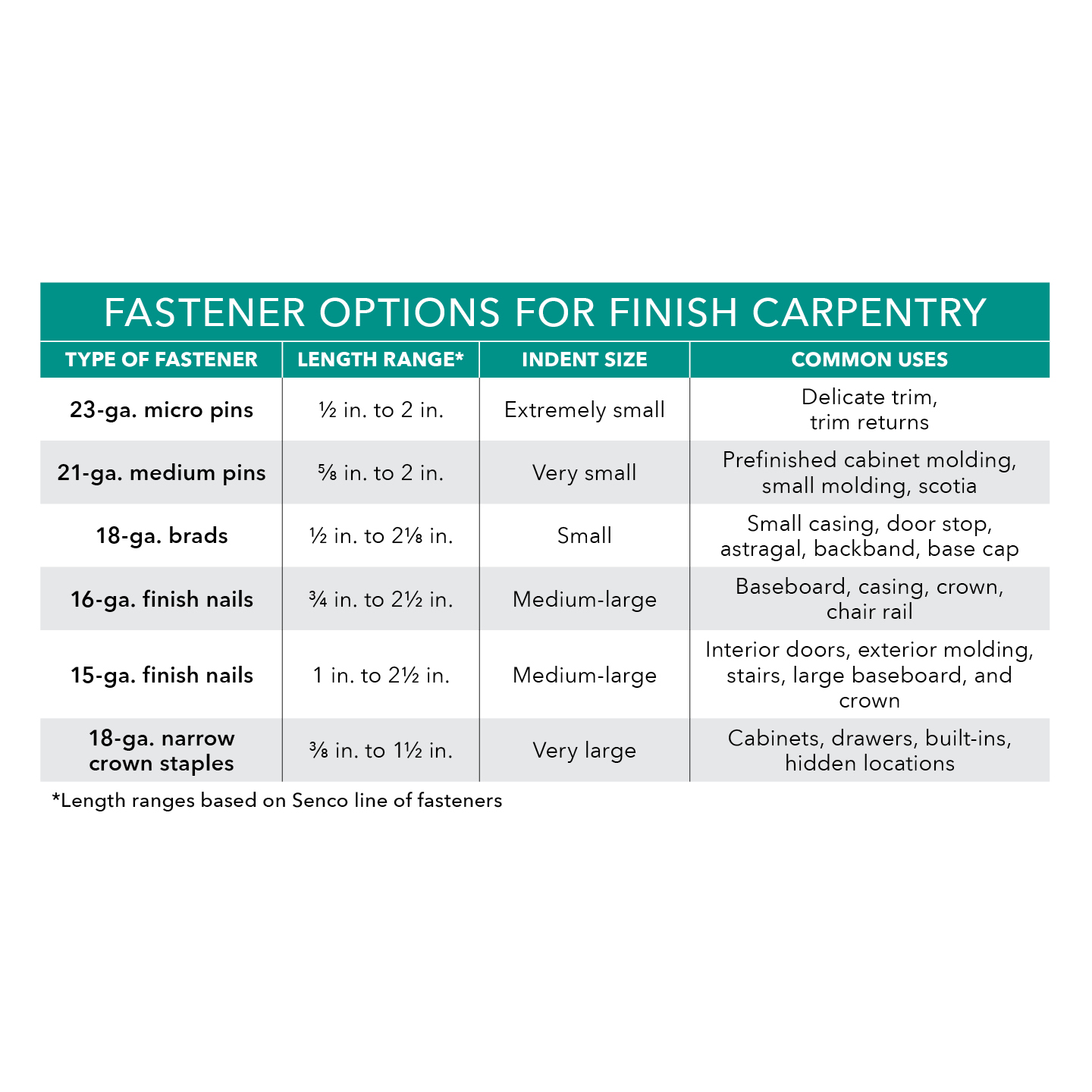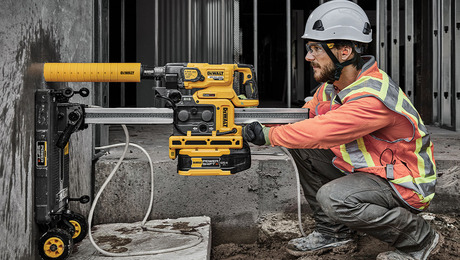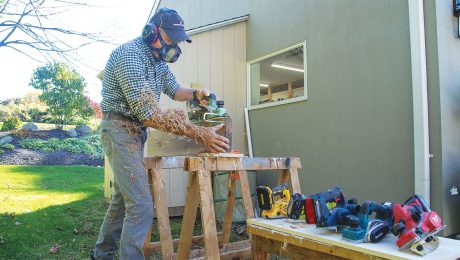My trim crew works on lots of custom homes, installing base, casings and crown made of various hardwoods. Doing this kind of work has made it clear that pneumatically driven nails are greatly influenced by the grain pattern in the wood, which can lead to problems. For example, when nailing a casing to a door jamb, the nail may encounter a grain pattern that causes the nail to curve out the side of the casing as the nail follows the path of least resistance. Ouch!
There are few things worse than working carefully with a beautiful piece of cherry or oak, and then having a big chunk of it blow out the side. And your friend, the wondrous nail gun, suddenly becomes your most hated enemy. What do you do?
If you look closely, you will notice that every finish nail, or pin, has a chisel point at the tip. This point allows the nail to cut through the wood more easily. If the flat part of the tip is parallel to the grain, the chisel tip will guide the nail wherever the grain leads it. Sometimes, that will be out the face of your material. We call these nails shiners.
If you position the flat point of the nail perpendicular to the grain of your material, the chisel point will cut the grain. This will prevent the nail from following the grain, and even if it does hit a dense area, the nail will curve up or down, not out the side.
By the way, not all pneumatic nails align in the same manner. Check whether they are parallel with the length of the nailer or perpendicular to it before you start driving nails.
David J. Barbaree, Longmont, CO





























